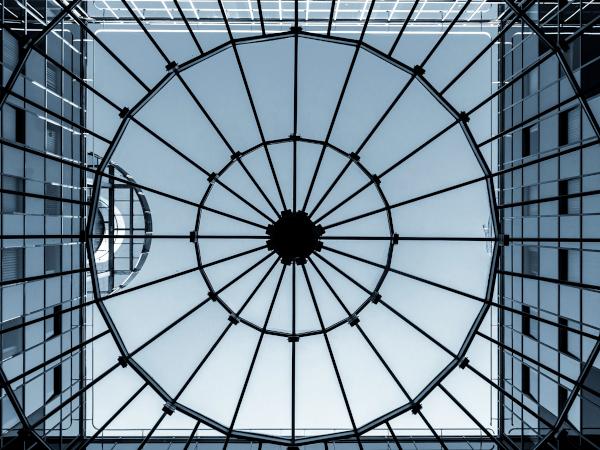
Date: 1 February 2024
CDW accounts for almost 40% % of waste generated in the EU. Part of it is flat glass coming from windows, glass doors, and curtain walls. Flat glass currently represents 0.2% of the total CDW generated and 4% of estimated building demolition and renovation activities, with the volume of flat glass in these activities expected to double by 2050. Flat glass is indispensable to the decarbonisation of the built environment and is optimised to deliver maximum energy efficiency to buildings.
The study analyses different management options, including selective demolition and design-for-deconstruction, which facilitates closed loop recycling (flat glass to flat glass). On the basis of a life cycle assessment and costing, the JRC finds that material-specific preparing for reuse and advanced recycling processes create significantly higher GHG savings and better environmental performance than incineration and landfilling. The JRC recognises that “glass has a relatively low reuse potential due to its fragility and the fact that most products are custom-made to satisfy the requirements of the building design”. It concludes that “recycling is expected to be the most common solution”.
Technology-wise, the study finds that the potential of flat glass sent to recycling is 100%, representing in practice 97% of flat glass waste recycled, corrected for process losses. From the environment perspective, the study confirms that the presence of recycled flat glass, i.e., cullet, which requires less heat to melt compared to virgin raw materials, “allows the glass furnace to be operated at a lower temperature, thus leading to significant primary energy savings”. The JRC’s scenario of maximum recycling potential of flat glass shows a high GHG emissions savings potential.
With this study, the JRC confirms Glass for Europe’s position that recycling flat glass is the most beneficial end-of-life option for building glass and glazing. Most flat glass products are already designed-for-dismantling to facilitate their removal from building and collection at their end-of-life. Although progress has been made in the recent years, there are remaining sources of cullet that could be returned to flat glass furnaces, in particular from CDW, of which little is recycled today. To tap into the remaining flat glass recycling potential, Glass for is Europe is calling for a closed-loop model, whereby flat glass is used to manufacture new flat glass, and through which high quality recycled content is made available in an economically viable manner.
Additional legislative support is needed to materialise a higher share of flat glass recycling. In particular, Glass for Europe requests a ban on landfilling of waste building glass from construction and demolition projects, as well as a strengthening of the glass provisions from the Landfill Directive. EU legislation also needs to define targets for C&D glass waste and rules on dismantling windows/glazing and recovering glass. Pre-demolition audits must be made mandatory to allow for an optimised and efficient recovery of waste, with a European framework to incentivise the adequate sorting operations to avoid contamination. Finally, EU legislation needs to provide guidance to Member States on key technical issues related to glass collection for recycling.
This European Commission’s study will support reflection on future EU legislation, especially after the European elections. The JRC plans to perform a subsequent analysis with the objective to identify policy measures to improve CDW management.
Glass for Europe is looking forward to the next steps in the reflection on future EU CDW policy aiming at increasing closed loop flat glass recycling and is available to feed the process with relevant information and data.

 600450
600450








Add new comment